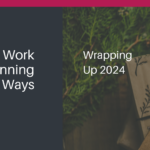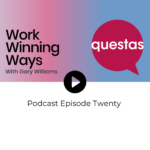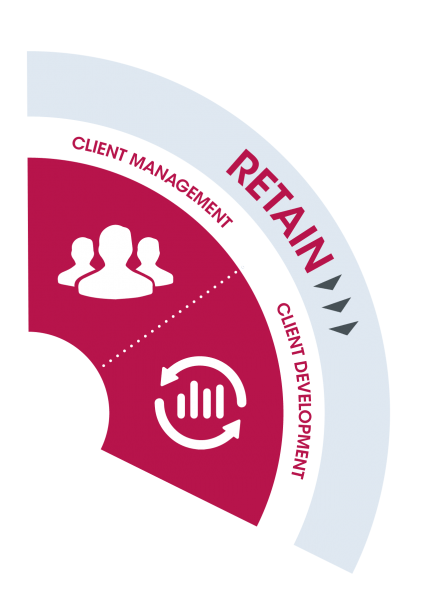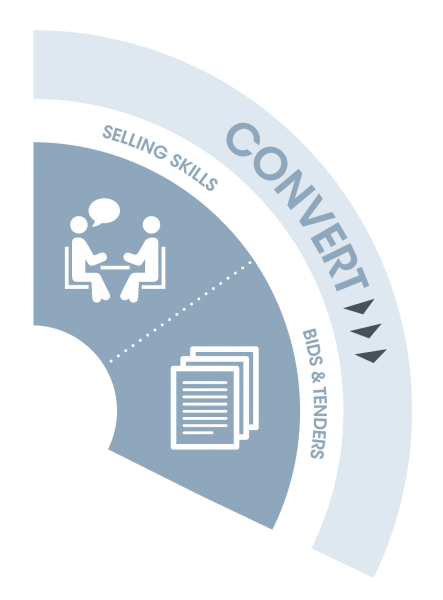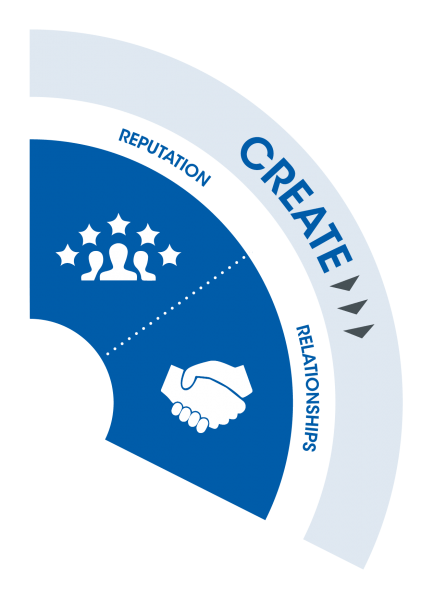How To Be Brilliant At Winning Bids & Tenders
Competitive bidding is an essential part of everyday business, but it’s often seen as a chore. Sarah Amery shares an effective model that will boost your ability to create successful bids.
Sometimes its difficult to know where to start or how to organise content, resulting in pulling information from other bids, cutting and pasting to their heart’s content. Unfortunately this approach rarely works. Here’s a simple 7 step process that I use to ensure your bids are client focused and most importantly, stand out from your competitors as the clear winner.
Q… is for question
The foundation of any winning bid is a thorough understanding of the opportunity and how this affects everyone, from the CEO through to the end users. Imagine an iceberg, approximately one ninth of the iceberg you can see is above sea level. This represents the information at your fingertips, primarily the Invitation To Tender (ITT) or Request for Proposal (RFP). However below the sea level is the bulk of the iceberg and this is the ‘intelligence’ you need to gather. What are the issues, challenges, needs, objectives and outcomes the client wants to achieve? A winning bid is a combination of insight and content, therefore the first part of creating a winning bid is obtaining this insight. How do you do this? We need to ask questions, but be careful that your questioning doesn’t turn into interrogating. Questions should be thought provoking and, in themselves, a demonstration of your credibility.
U… is for understand
Next you need to collate all of the information gathered from the questioning phase and truly understand what this means, not only from the clients perspective but also looking at the competitive landscape. What are the client’s biggest concerns or motivating forces behind the opportunity? There are a number of tools to help you through the understand phase, including stakeholder analysis, competitor analysis and SWOT analysis, all of which are designed to help you understand the opportunity and inform your bid strategy.
E… is for evidence
Don’t underestimate the power of evidence. It can be a scary and lonely place when making the final decision on whom to award the tender. What happens if it’s the wrong decision? This fear can result in companies deciding not to award the tender at all and continue business as usual, this is why as an incumbent you are in a very strong position. Better the devil you know!
The job of the bid is to allay these fears and persuade the reader to choose you. How do you do this? By demonstrating your credibility, that you have done this before with great results. Evidence can take many forms, such as case studies, client quotes, statistics, awards and most importantly CVs.
The secrets of success to writing a winning bid
Find out the winning formula from pre-proposal activities through to submission of multi-million tenders
S… is for solution
Next, get the team together and, taking everything you have gathered so far and then brainstorm all the potential solutions you can offer.
A useful strategy to do this is to have three columns entitled Usual, Surprising and Crazy. Under each of these headings write the usual solutions, then think of solutions that would surprise the client and finally the downright crazy solutions (for example, offer it for free!) Whilst you may not use your “crazy” solutions, it often opens the mind to other alternatives that you may not otherwise have considered. Once you have all your potential solutions you can narrow them down by asking: “What kind of outcome will the client get?” “Will it match up to their expectations for a positive result?” “Will it meet their criteria?”
T… is for themes
A good bid tells a story. This story needs to flow and the key foundations to this flow are win themes. But what is a win theme? A win theme is typically a feature of your offer supported by a benefit. Remember, people buy benefits, not the solution. Therefore strong win themes are those with the benefits that matter most to the client, be this saving money, time, reducing risk or increasing efficiency. What is the most important benefit for this client?
A… is for answer
Answer planning, also known as storyboarding, is an effective method of structuring your content. When writing a bid, a primary objective is making it easy to evaluate and score. To do this you need to answer the question. This may seem obvious and yet often you see responses that do not answer the question. Once you have an answer plan you can start writing.
A word of warning.
If you have multiple authors, be sure to have one person dedicated to editing your proposal in its entirety, if you have multiple authors you hear the different styles and tones when reading and this in turn breaks up the story and ultimately, how compelling your message is.
S… is for submit
My biggest piece of advice as this stage? Don’t underestimate the final stages of submitting your bid. Typically you should allow 20% of the total time you have for proof reading, production and sign-off. Remember how much first impressions count. You can have a great bid, insightful content, well written and yet if it is riddled with grammatical errors and spelling mistakes, it will give a negative impression of your business. Allowing sufficient time during this final phase is essential.
By following this simple model you can create a bid that will be comprehensive, consolidated and impressive. Good luck!
Start our online cross selling course today
Cross Selling is a skill that, once mastered by engineering and professional services executives, can have a radical impact on business growth.
The interactive e-learning is designed to help you uncover new opportunities with existing clients.
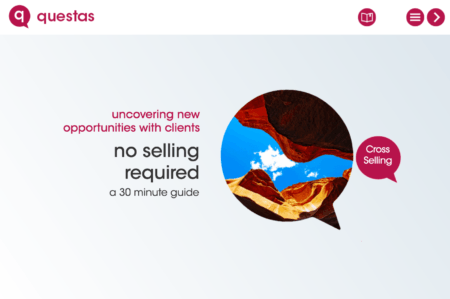
Our Professional Services Cross Selling Training is online today, so now you can start honing your cross selling capabilities in just 30 minutes.

